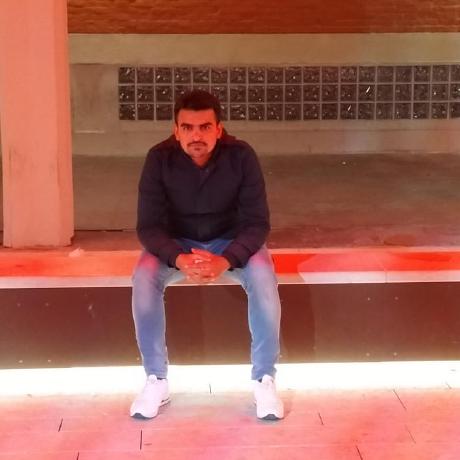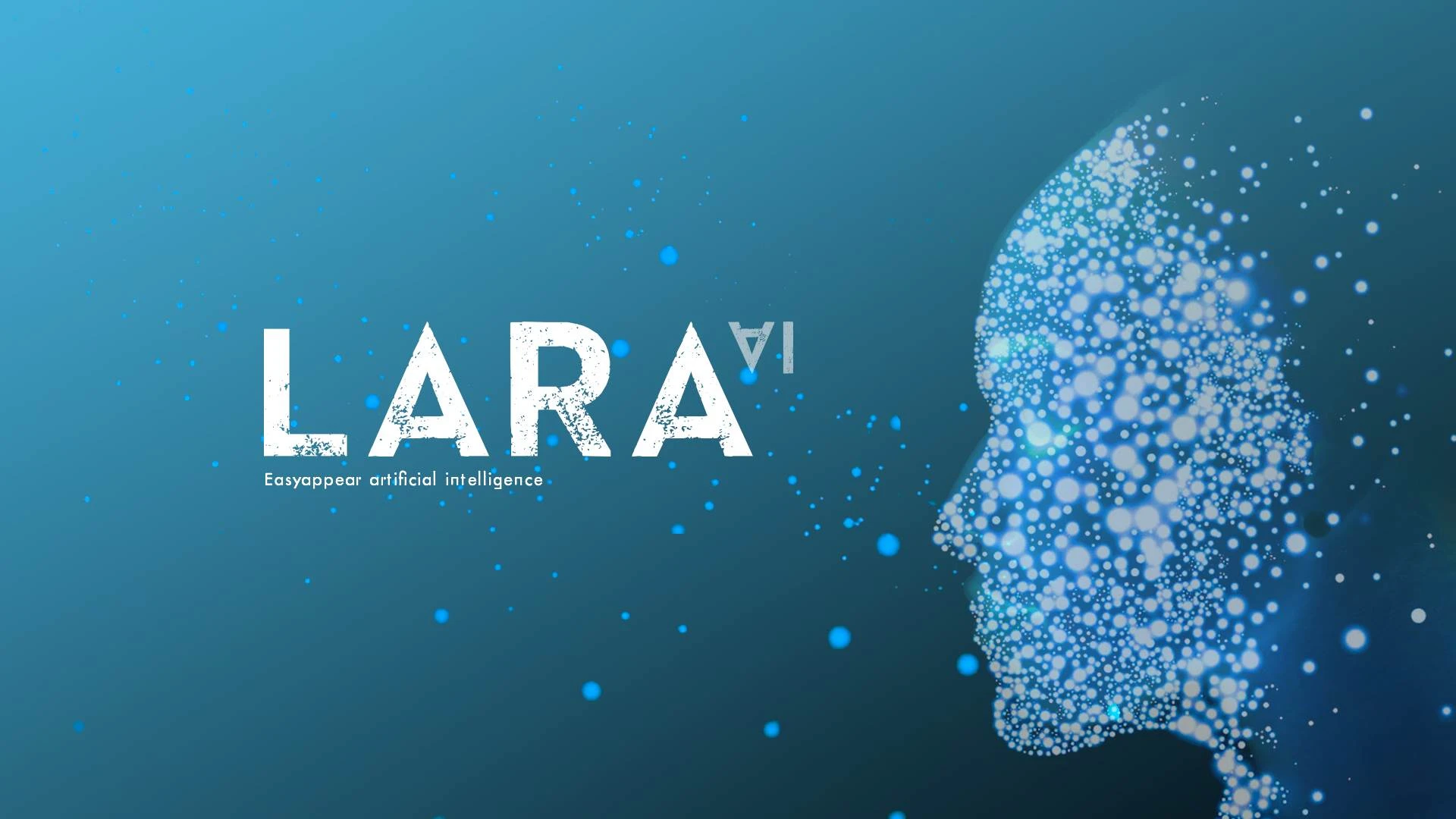Introducing Lara: A Game-Changer in AI Translation for Italy
 Ahmed Raza
Ahmed Raza
In the realm of automated translation, a transformative AI tool is making its debut in Italy: Lara. Developed by the tech innovators at Translated, Lara is an advanced artificial intelligence designed to deliver highly accurate translations. Distinguished by her remarkable ability to both translate with exceptional precision and explain her decision-making process, Lara approaches a quality that rivals skilled human translators.
How Lara is Changing the Translation Landscape
Through extensive development, Translated has significantly broadened its language capabilities, supporting over 200 languages, a considerable increase from the previous 62. This breakthrough expansion has enabled the company to forge partnerships with some of the world’s leading organizations, including Airbnb, SpaceX, Uber, and Glovo. The core of Lara’s capabilities lies in a vast training dataset comprising 25 million real-world translations. With 1.2 million hours of processing on NVIDIA GPUs, Lara has achieved a milestone in error reduction, bringing translation accuracy to 2.5 errors per 1,000 words—a substantial improvement from the 2022 rate of 11 errors per 1,000 words.
The Technology Driving Lara’s Precision
Lara’s success lies in the integration of advanced large language models (LLMs) with cutting-edge translation algorithms. This synergy equips her with a deep contextual understanding, enabling translations that are not only accurate but contextually refined. Unlike traditional machine translation tools that may struggle with ambiguity, Lara uses contextual analysis to select the most fitting translation, preserving the subtle nuances of meaning essential in complex content, such as legal, medical, or technical documents.
This level of context sensitivity minimizes the need for extensive human review, providing a first draft of such quality that it often requires minimal adjustments. The result is a high degree of reliability that businesses and professionals can leverage to streamline their translation workflows without compromising accuracy.
Moving Toward Language Singularity: The Future of AI and Human Collaboration
Translated has set a visionary goal for Lara: to reach what it calls “language singularity” by 2025. This concept refers to a point where the time required for a professional translator to review a translation produced by Lara is equivalent to the time needed to review another human translator’s work. Such an achievement would mark a profound shift, positioning AI translation as nearly indistinguishable from human translation and significantly enhancing the efficiency of multilingual communication in professional environments.
Currently, Lara is available for several major global languages, with plans to extend her reach across all 200 supported languages. Translated’s ultimate objective is to eliminate global language barriers, making cross-lingual communication more accessible, efficient, and precise.
A Global Impact: Facilitating Communication Across Borders
Lara’s high translation accuracy and scalability represent a substantial leap forward in automated translation. This technology holds the potential to reshape international communication, providing the level of precision required in sectors such as business, travel, education, and public services. Through partnerships with leading global companies, Lara is well-positioned to become a trusted tool for organizations and professionals in need of reliable, contextually aware translations.
As Lara’s language repertoire expands, she offers a powerful solution for bridging communication gaps and fostering understanding across cultures, making her an essential asset in today’s interconnected world. With advancements like Lara, Translated is not only advancing AI capabilities but also bringing the world closer together—one language at a time.
Subscribe to my newsletter
Read articles from Ahmed Raza directly inside your inbox. Subscribe to the newsletter, and don't miss out.
Written by

Ahmed Raza
Ahmed Raza
Ahmed Raza is a versatile full-stack developer with extensive experience in building APIs through both REST and GraphQL. Skilled in Golang, he uses gqlgen to create optimized GraphQL APIs, alongside Redis for effective caching and data management. Ahmed is proficient in a wide range of technologies, including YAML, SQL, and MongoDB for data handling, as well as JavaScript, HTML, and CSS for front-end development. His technical toolkit also includes Node.js, React, Java, C, and C++, enabling him to develop comprehensive, scalable applications. Ahmed's well-rounded expertise allows him to craft high-performance solutions that address diverse and complex application needs.